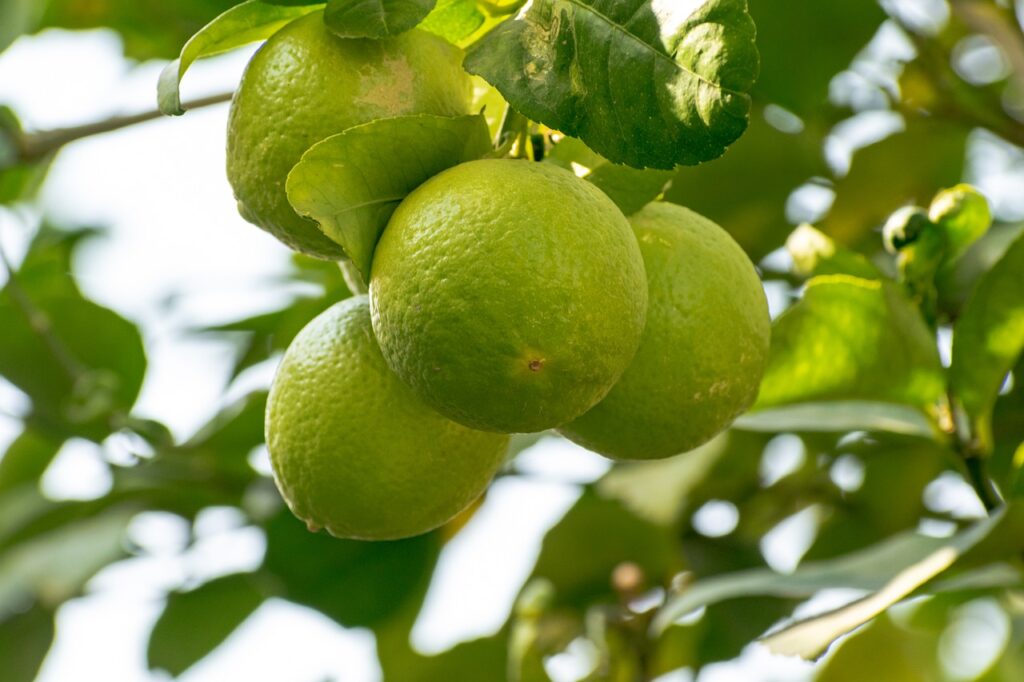
Limes are a popular citrus fruit that can be used in a variety of dishes and drinks. However, it can be difficult to tell if a lime is bad just by looking at it. Knowing how to identify a bad lime can prevent you from using spoiled fruit in your cooking or consuming it.
One way to tell if a lime is bad is by its appearance. A lime that is starting to go bad may have brown spots or soft areas on the skin. The skin may also become wrinkled or shriveled. If the lime is extremely soft or mushy to the touch, it is likely past its prime.
Another way to determine if a lime is bad is by its smell. A fresh lime should have a bright, citrusy scent. If the lime smells sour or musty, it may be spoiled. Additionally, if the lime has a fermented or alcohol-like smell, it is definitely not safe to consume.
Table of Contents
Identifying Bad Limes
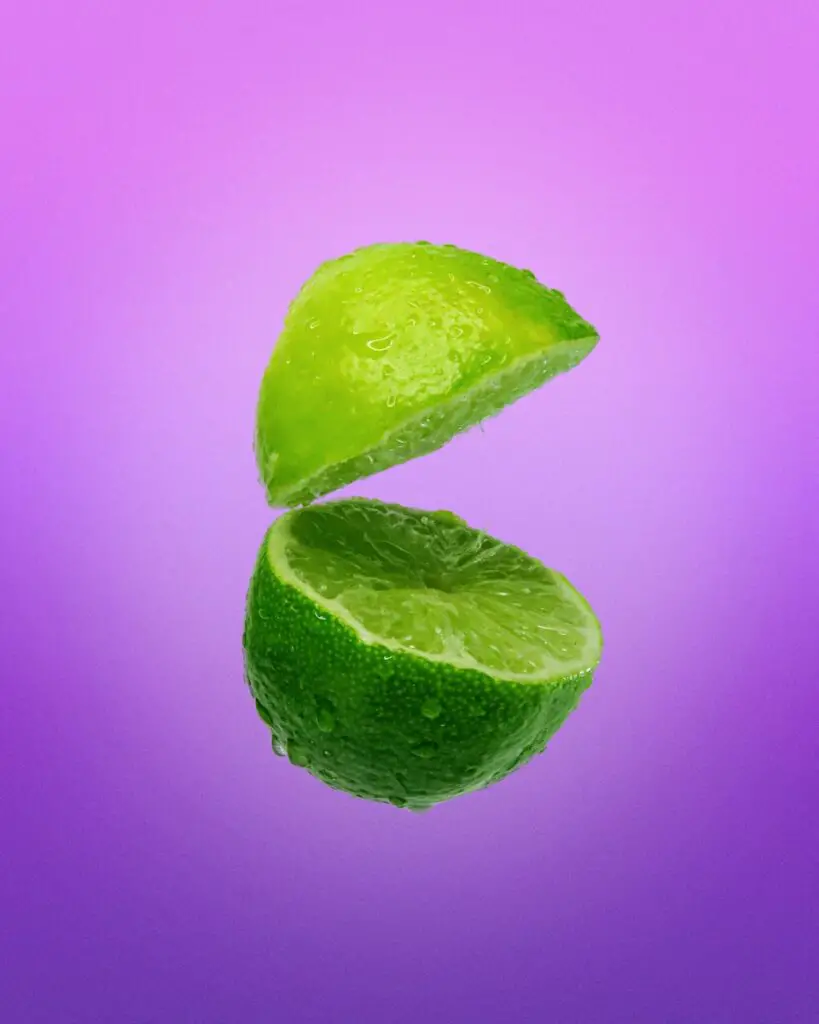
When it comes to cooking or making cocktails, limes are an essential ingredient. However, sometimes it can be challenging to tell if a lime is still good to use. Here are some ways to identify bad limes.
Color Changes
One of the most apparent signs of a bad lime is a change in color. A good lime should be bright green in color, with no yellow or brown tinge. If you notice any yellow or brown discoloration on the skin of the lime, it is a clear indication that the lime is no longer good to use.
Texture Alterations
Another way to tell if a lime is bad is by checking its texture. A good lime should be firm and have a smooth skin. If the lime feels soft or mushy to the touch, it is a sign that the lime is no longer fresh. Additionally, if you notice any brown spots or areas of the lime that are soft, it is best to discard it.
Unpleasant Smell
The smell of a lime is another way to tell if it is still good to use. A fresh lime should have a citrusy, refreshing scent. However, if you notice any unpleasant odors, it is a sign that the lime is no longer fresh and should be discarded.
In conclusion, identifying bad limes is crucial to avoid ruining your dishes or cocktails. By checking for color changes, texture alterations, and unpleasant smells, you can ensure that you are using only fresh limes.
Understanding Lime Freshness
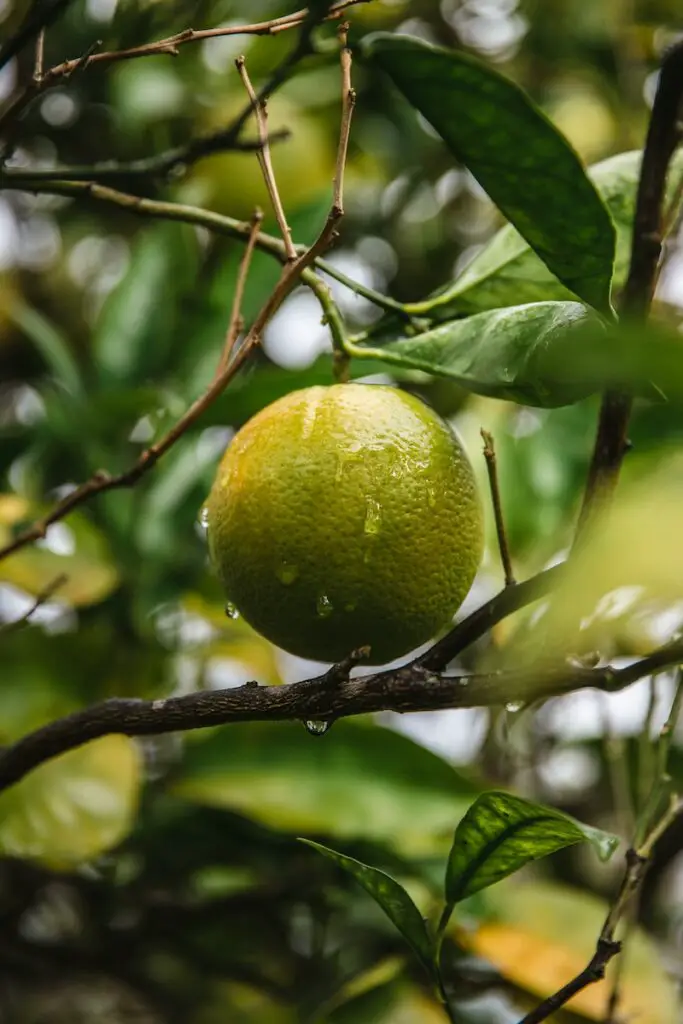
Ripeness Indicators
Limes are a popular citrus fruit that can be used in a variety of dishes and drinks. It is important to know how to tell if a lime is fresh and ripe before using it in your recipe. Here are some ripeness indicators to look out for:
- Freshness: Fresh limes will have a bright green color and a firm texture. Avoid limes that are soft or have brown spots.
- Ripe Lime: Ripe limes will have a slightly yellowish-green color and a softer texture. They should not be too soft or mushy.
- Zest: A fresh lime will have a strong and fragrant zest. If the zest is dull or has no aroma, the lime may not be fresh.
- Sourness: Fresh limes will have a tart and sour taste. If the lime tastes bland or sweet, it may be past its prime.
Shelf Life Expectancy
Limes have a relatively short shelf life compared to other fruits. Here is an estimate of how long limes last:
- Fresh limes: Fresh limes can last up to two weeks if stored properly in the refrigerator. They should be kept in a plastic bag or wrapped in a damp paper towel to prevent them from drying out.
- Ripe limes: Ripe limes will last for a few days at room temperature or up to a week in the refrigerator.
- Shelf life of limes: Limes that are cut or juiced will only last for a few days in the refrigerator.
It is important to note that limes will continue to ripen after they are picked. If you need to ripen a lime quickly, you can place it in a paper bag with an apple or banana. The ethylene gas produced by the apple or banana will speed up the ripening process.
Storage Tips to Prevent Spoilage
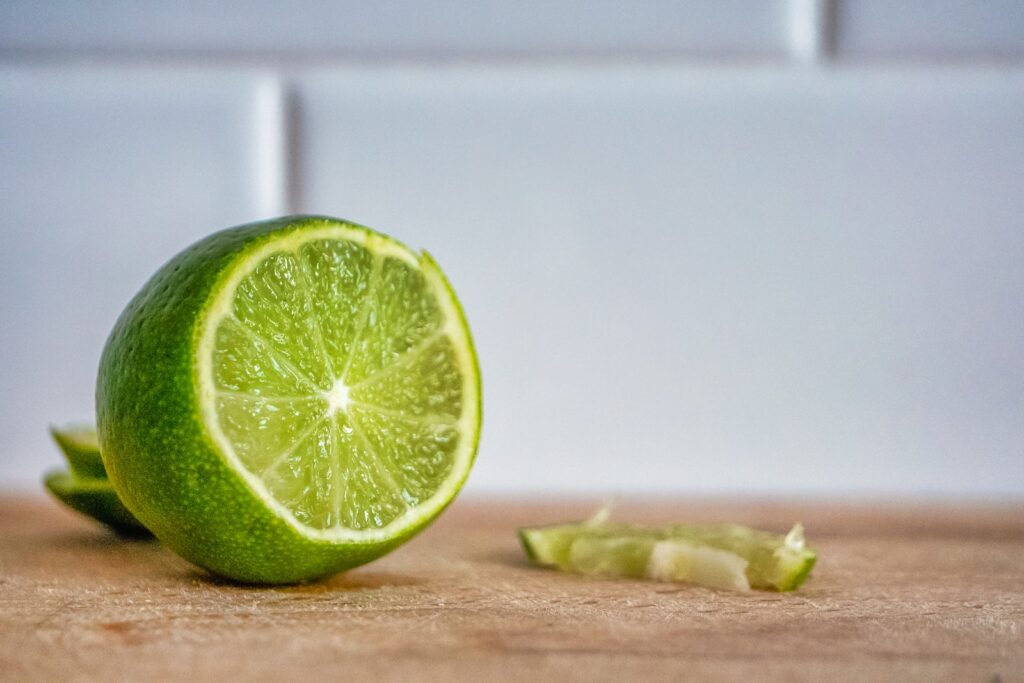
Proper Storage Methods
Storing limes properly is essential to prevent spoilage and extend their shelf life. When storing limes, it is important to keep them in a cool, dry place, away from direct sunlight, and with good air circulation. Limes can be stored in the refrigerator, fridge, or at room temperature, depending on how quickly you plan to use them.
If you plan to use the limes within a week or two, storing them in the vegetable drawer or crisper of your refrigerator or fridge is a good option. Make sure to place them in an airtight container or sealed bag to prevent moisture loss and keep them fresh. If you store them in a basket, make sure it is lined with a clean towel or paper to absorb any excess moisture.
If you plan to store limes for a longer period, it is best to freeze them. Freezing limes is a natural way to preserve their freshness and flavor.
Freezing Limes
To freeze limes, wash and dry them thoroughly. Cut them into wedges or slices and place them in a sealable container or freezer bag. Make sure to remove as much air as possible before sealing the container or bag. Label the container or bag with the date and put it in the freezer.
Frozen limes can be used in drinks, marinades, and recipes that call for fresh lime juice. When using frozen limes, thaw them in the refrigerator or at room temperature. Avoid thawing them in the microwave as it can affect their texture and flavor.
By following these proper storage methods, you can prevent spoilage and enjoy fresh limes for a longer period.
Using Limes
Limes are a versatile fruit that can be used in a variety of ways, from cooking to garnishing. Here are some tips for using limes in your recipes.
Cooking with Limes
Limes can add a tangy, citrusy flavor to many dishes. Here are some ideas for using limes in your cooking:
- Use lime juice to marinate meats or seafood before grilling or roasting.
- Add lime juice to soups, stews, or sauces for a bright, acidic flavor.
- Use lime zest to add a pop of flavor to baked goods or desserts.
- Squeeze lime juice over grilled vegetables or salads for a refreshing twist.
Garnishing with Limes
Limes are also a popular garnish for cocktails and other drinks. Here are some ways to use limes as a garnish:
- Cut a lime into wedges and use them to rim the edge of a glass before adding a cocktail.
- Squeeze a lime wedge over a finished cocktail for a burst of fresh flavor.
- Use a lime slice to garnish a plate of seafood or grilled meats.
- Add a lime twist to a martini or other classic cocktail for a sophisticated touch.
Overall, limes are a versatile and flavorful fruit that can add a lot to your cooking and cocktails. Whether you’re using lime juice, zest, or segments, there are many ways to incorporate this citrusy fruit into your recipes.
Health Risks and Safety Precautions
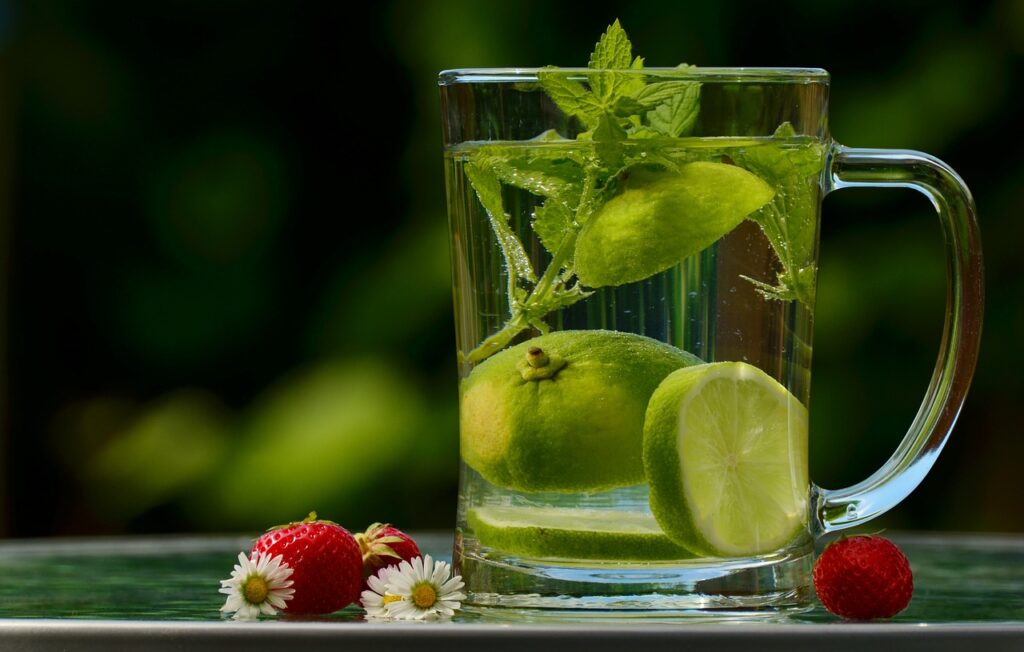
Potential Health Risks
Consuming bad limes can lead to potential health risks, such as nausea, vomiting, and diarrhea. This is because bad limes are often contaminated with harmful bacteria, such as Salmonella and E. coli, which can cause food poisoning.
Furthermore, mold growth on limes can produce mycotoxins, which are toxic compounds that can cause various health problems. These toxins can cause allergic reactions, respiratory problems, and even cancer in some cases.
Therefore, it is important to inspect limes before consuming them to ensure that they are fresh and free from any signs of spoilage or mold growth.
Safe Lime Disposal
If you have limes that have gone bad, it is important to dispose of them properly to prevent any potential health risks. Here are some safe lime disposal methods:
- Wrap the spoiled limes in a plastic bag and dispose of them in the trash.
- Do not compost spoiled limes, as they can attract pests and spread harmful bacteria.
- If you have a yard waste bin, check with your local waste management department to see if they accept spoiled limes for composting.
It is important to note that if you have moldy or rotten limes, you should not attempt to salvage them by cutting off the affected areas. This is because mold can penetrate deep into the fruit and cutting it off may not remove all of the harmful toxins.
In summary, it is crucial to inspect limes before consuming them to prevent any potential health risks. If you have spoiled limes, be sure to dispose of them properly to prevent the spread of harmful bacteria and toxins.
Understanding Lime Benefits
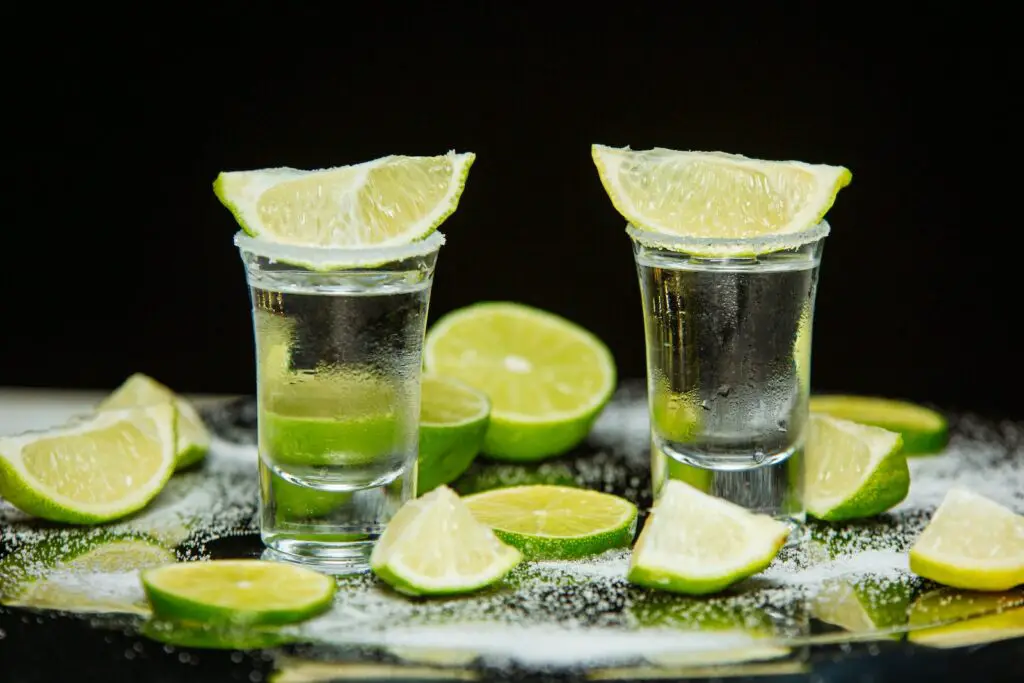
Limes are a citrus fruit that are known for their tart and acidic flavor. They are often used in cooking and drinks to add a zesty kick to recipes. However, limes are not just a flavorful ingredient, they also offer several health benefits.
Vitamin C
Limes are an excellent source of vitamin C, a powerful antioxidant that helps to boost the immune system. One lime contains approximately 22% of the recommended daily intake of vitamin C. This essential vitamin helps to protect cells from damage caused by free radicals and supports the production of collagen, which is important for healthy skin, hair, and nails.
Antioxidants
Limes contain several antioxidants, including flavonoids and limonoids. These compounds help to neutralize free radicals and protect the body against oxidative stress, which can lead to chronic diseases such as cancer, diabetes, and heart disease.
Benefits of Limes
In addition to their antioxidant and vitamin C content, limes offer several other health benefits. Some of these include:
- Digestive health: Limes contain citric acid, which can help to stimulate the digestive system and prevent constipation.
- Skin health: The vitamin C in limes helps to promote healthy skin by supporting collagen production and protecting against damage from UV radiation.
- Weight loss: Limes are low in calories and high in fiber, making them a great addition to a healthy diet for weight loss.
Overall, limes are a nutritious and flavorful fruit that offer several health benefits. Incorporating them into your diet can help to support your overall health and well-being.
Extra Lime Usage
When life gives you extra limes, don’t let them go to waste! There are plenty of ways to use up those extra limes before they go bad.
One option is to freeze the limes. Simply cut the limes into wedges, place them on a baking sheet lined with parchment paper, and freeze until solid. Once frozen, transfer the lime wedges to a freezer-safe container or bag. Frozen limes can be used in drinks, marinades, and more.
Another option is to use the extra limes in cooking and baking. Lime juice and zest can add a bright, citrusy flavor to dishes like guacamole, salsa, and ceviche. Lime juice can also be used in marinades for chicken, fish, or tofu.
If you’re looking for a refreshing drink, try making limeade or a lime margarita. Simply mix lime juice, sugar, and water for limeade, or combine lime juice, tequila, and triple sec for a classic margarita.
When storing extra limes, it’s important to keep them in a cool, dry place. Limes can be stored at room temperature for up to a week, or in the refrigerator for up to a month. Avoid storing limes in plastic bags, as this can cause them to mold.
Overall, there are plenty of ways to use up extra limes and prevent them from going to waste. Whether you freeze them, use them in cooking and baking, or make a refreshing drink, extra limes can be a versatile ingredient in the kitchen.